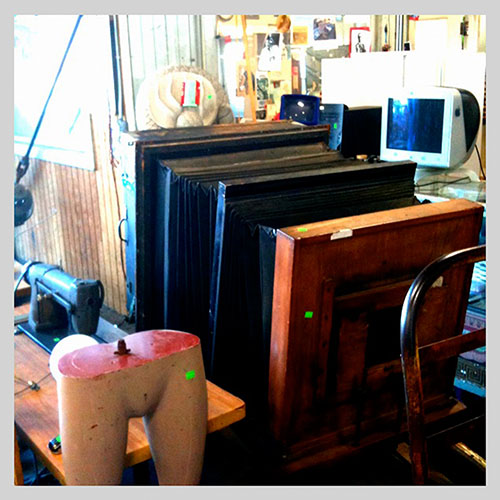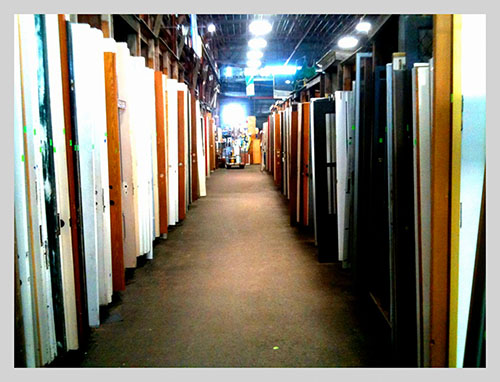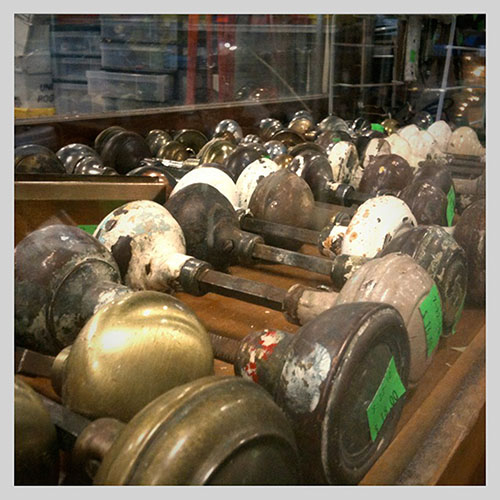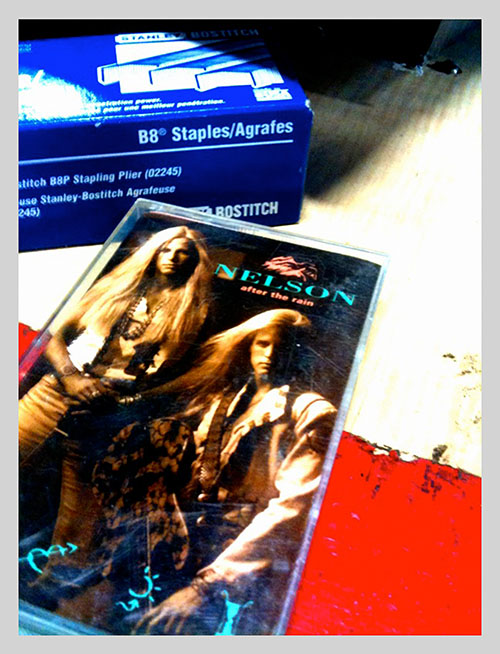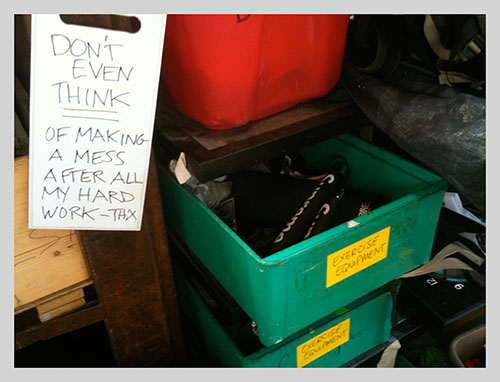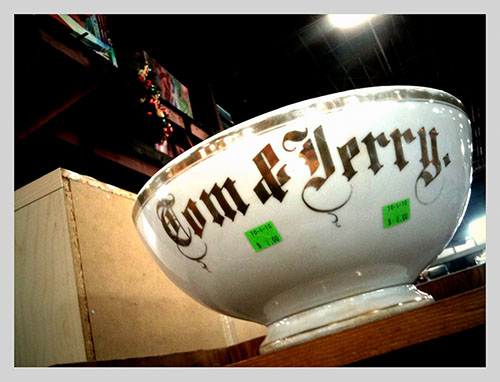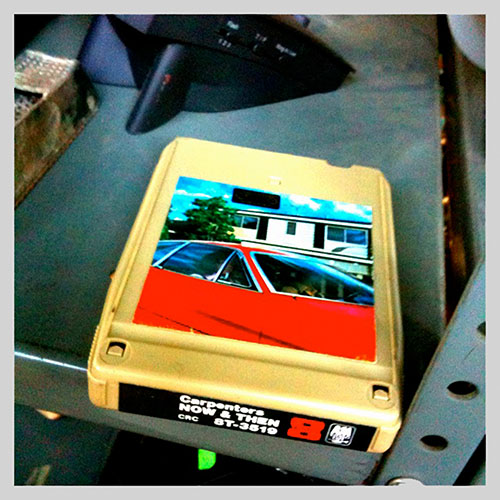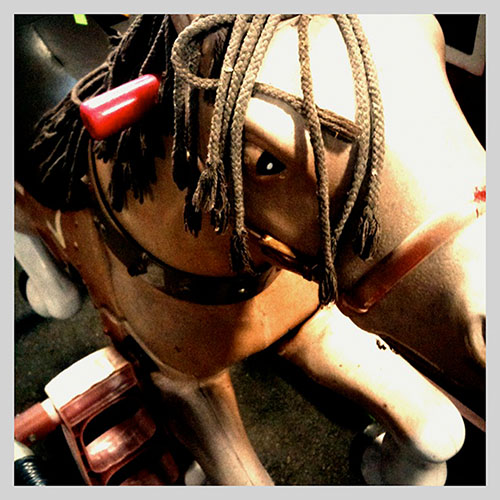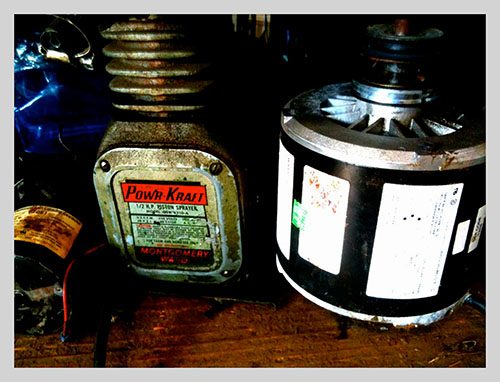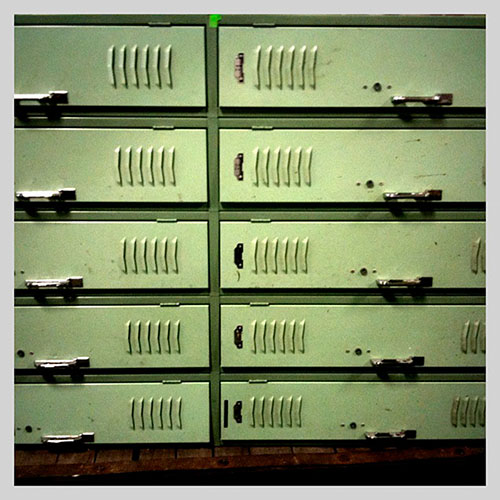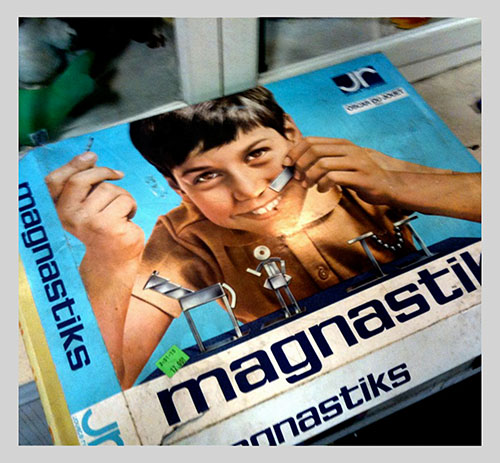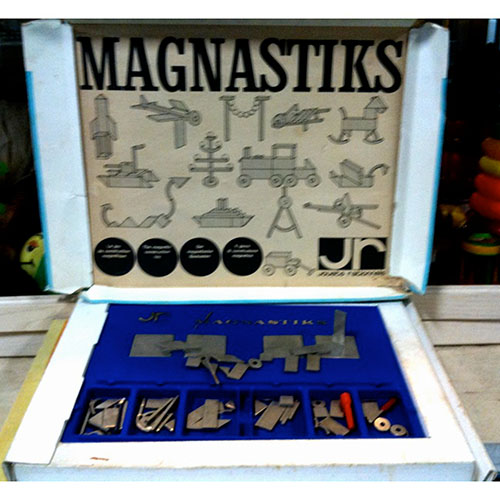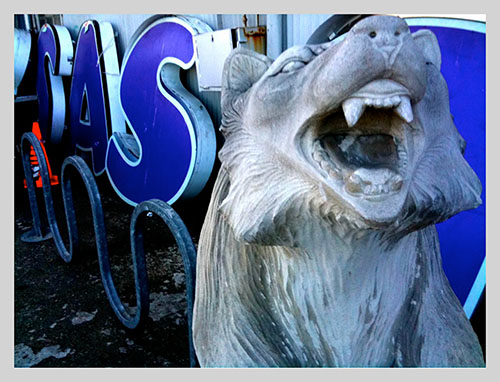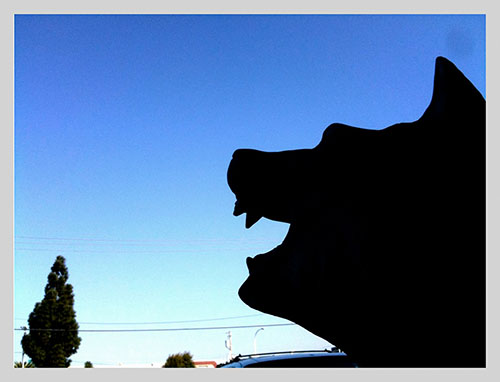Location scouting for an upcoming shoot, I think I got hives from being out of the studio. Maybe it was goose bumps.
I did find my new winter hovel in Golden Gate Park though.
Location scouting for an upcoming shoot, I think I got hives from being out of the studio. Maybe it was goose bumps.
I did find my new winter hovel in Golden Gate Park though.
So, earlier I wrote about how creativity requires space, and that discipline and pushing directly are much less effective than openness and pausing. But what about commercial artists? You can't just be all arty-farty when everything's on the line, right? In the world of commercial art, you have to grow up and whip that creativity into shape, drag those ideas out on-demand and fully-formed.
Ah, no. I just have to listen harder.
I have listen to the client to make sure the goals are understood and shared. Then I have to plan the project to a T, pick the best team, the best environment, and ensure everything that we'll need is on hand.
But once things start, all the work is to allow for that space within. It's smaller, more intense, but just as vibrant, although it's a little slipperier. I have to listen harder, but there is help, too, because we're all working together.
And yeah, it's creation on-demand and per-criteria, but that doesn't necessarily lead to strain or pushing or struggle.
The struggle is to not struggle.
Well, I didn't, but I was thinking about the idea-in-the-shower cliché. About why it's a cliché, and what it signifies.
By default I think of creativity as a discipline, something to apply energy and thought toward, something to push along, whereas in reality it's always, always, something that flows into a space.
A space created, perhaps, by an inability to move around and be distracted. A shower, after all, is limited in stimuli. There's some tile. Water. Products. There's no newspaper, no TV, no radio, no internet. Me. And my thoughts, or even better, lack of thoughts. In a space.
And so yeah, the standard human routine enforces a daily space into which creativity might appear. Which isn't enough, really, for a career in the arts.
So I need a lot of space, but, and I'll venture to speak for many humans, space is a little scary. We have 238567464247983274 little methods to fill space, from 'um' to television, from knuckles cracking to cigarette smoking, from obsession to terminally successful careers.
Because space can let in so much more than some great idea, some creative solution to a problem. As if just emptiness itself wasn't enough, space can let in memories and worries and most of all it can let in the reminder that the past is gone and that the future is unknown and unknowable, and that can be terrifying.
Which I think is why art is hard sometimes. Why I run into so many people who sigh and wish that they could 'be creative'. They can, of course. Happy little trees right there.
Sometimes I've wished, and it's an immature wish, that I'd hit that plateau, upon which life becomes easy, a breeze, effortless. I have not hit this plateau in life, but I'm beginning to see that, as far as creativity, the plateau's right nearby. I just have to summon the right attitude, I'm on the plateau.
Because I've gotten used to space, really. It has gotten easier to be creative. And I thought that ease would come from learning more techniques, absorbing more art, affording better materials, but really the ease has come from setting aside fear of emptiness and uncertainty about the future.
And you know, much like the shower, it's pretty nice.
What's your relationship to space like?
Well, I was loving it a lot more before it started putting a black smudge on the trailing corner of the paper. But that's the middle of the story.
My first photo printer was an Epson 2200, the workhorse in it's class at the time. I was pretty amazed when the first print came out of it, but I slowly grew to hate it. Doing work prints wasn't too bad, but printing a portfolio was an expensive, frustrating process, with many wasted pages and ink, not to mention time. Eventually, the thing had a one in five chance of doing an acceptable print, and I gave it away on Craigslist, and the 10 ink cartridges I included were payment for hauling the little monster away.
I had always hated the look of pigment inks on matte paper, so I had done that portfolio on luster. The luster paper was on a roll, and it never truly flattened out, plus the surface was forever slightly tacky, so handling the portfolio was off. After doing some research, I came to understand the basic difference between pigment-based inks and dye-based inks:
Since I do work prints (pinned up on the wall for a month or so, then stored) and portfolio prints (stored in a book for a year or two, on display for 30 minutes at a time), I realized I don't really care if they last very long. Well, I don't need them to last a hundred years, anyway, and I'm way more interested in saturation. Further, the dye inks, especially the blacks, are far richer on matte paper than the pigment inks.
So I marched down to Staples and got an Epson 1400, which was on sale for less than $300.
It's been real good to me so far. It prints pretty fast, for my purposes at least, the prints look great using the Epson settings (which is good because the drivers are pretty lame), it never jams, and there are a bunch of improvements:
It's not all peachy though. Recently, the 1400 started smudging the prints as they exit the printer. I took a look inside, and there a couple of foamy reservoirs, and a fabric pad, and all that stuff was pretty soaked with ink. I was doing a lot of full bleed printing, with a lot of black, and it turns out that when it does full bleed, the overspray goes on that fabric pad. I think I overwhelmed it. I took it to Deen's in Richmond and they fixed it up for $85.
Also, on the portfolio front, I've cut, punched and scored a book by hand, and can't ever get the pages to square up exactly right. So I've been taking the sets of prints to JR Press, but they recently suggested I just bring them stacks of blank pages, and I was all, duh.
Overall, I'm pretty amazed at what I'm able to produce in the office, from big art prints to small runs of deluxe promos, work prints to portfolios. Just add a paper cutter, a bone folder, an X-Acto, and some glue, and I'm set.

